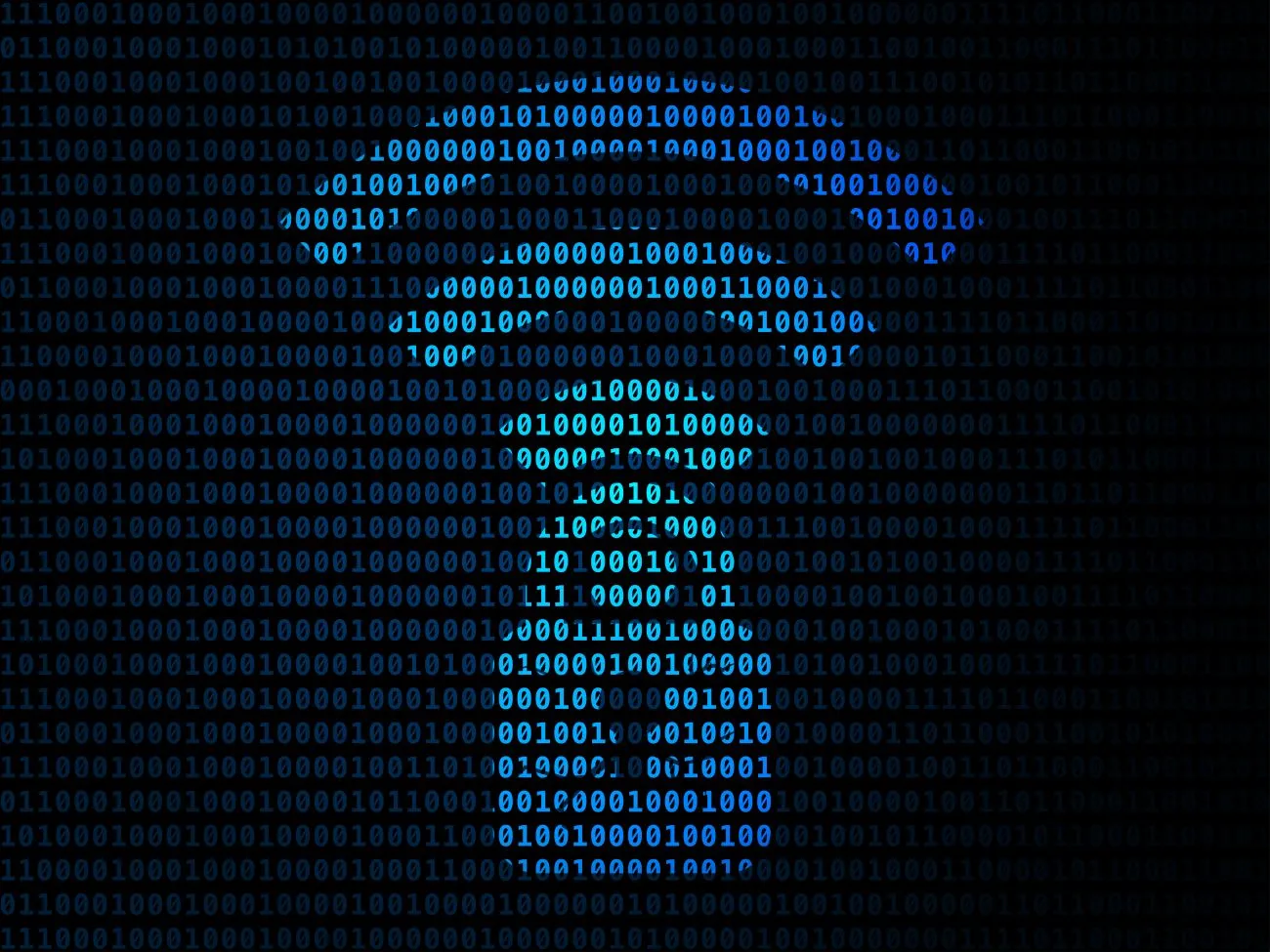With the prevalence of mobile technology, increased access to public Wi-Fi seems like a good thing. After all, it is extremely convenient to have free Internet access wherever you happen to be. However, this free access comes with a hidden risk that users need to understand.
The fact is that public Wi-Fi is available to everyone. That means that hackers with bad intentions also have easy access to these open networks. Worse, because these are public networks, there is little security in place by design. Therefore, every time you use public Wi-Fi, you are exposing your device and its online accounts to hackers. Fortunately, while the risk of being hacked on public Wi-Fi is very real, there are ways to protect yourself, your device and your data.
Consider these five tips the next time you log on to public Wi-Fi.
Choose the Right Network
When looking for public Wi-Fi, it can be tempting to use the first network that gives you online access. However, not all public networks are equal. In fact, some networks are set up by hackers in order to attract unwitting victims. These honeypots are essentially traps that allow you to browse while hackers sneak through your personal data.
Internet service that is provided by a business or organization usually has slightly better protections in place. Therefore, always check the network you are using. When possible, use the network of a reputable provider. If you are in a business, check with that business to find out the network’s name. This can minimize your risk of being exposed to malicious attacks. Better still, some public networks have password protection. This does not eliminate the risk of being hacked, but it is a good first step for safety on a public network.
Get a VPN
With so much new technology, it can be hard to keep up. Even so, a VPN, short for Virtual Private Network, is a technology worth learning about if you use a lot of public Wi-Fi. A VPN is a way to create a private network within the public one you are using. This means that all the data you send or receive is heavily encrypted. Therefore, when you type in passwords or other secure information, it is not easily accessed by other people on the public network. Instead, it is encrypted by your VPN. Due to this versatility, a VPN is one of the best ways to protect yourself. Surprisingly, less than 30 percent of users employ VPN technology.
Getting a VPN is relatively easy. You may be charged a service fee by a VPN provider in order to gain access. These charges can be monthly, and you can also choose longer contracts for continuous protection. The biggest disadvantage to using a VPN is that some websites do not function well with a VPN. This may mean that websites like Netflix will be harder to use. There are workarounds in these situations, but they can be tricky to navigate.
Use Secure Connections
Most people do not realize that the type of website impacts the amount of protection. When you are browsing the Internet, pay attention to the URL. If the website starts with HTTP, then it is not a secure connection. However, if the website URL starts with HTTPS, then your data is better protected. HTTPS websites use encryption in order to send and receive data. While a VPN protects you on your end, the HTTPS provides protection on the other end.
One thing to note is that not all websites with a HTTPS in the URL are actually secure. Hackers have become very creative and can now spoof secured websites. Therefore, make sure you are working with a website from a source you trust. While HTTPS does not guarantee your safety, it is still a great way to improve your odds of protection while browsing on a public Wi-Fi network.
Change Your Security Settings
Whether you use a laptop, a tablet, a phone, or something else, the device should have some security features in its programming. The trick is to know how to activate those security features. Most people have a screen lock on their device to stop people from physically picking up the phone and using it, but you can also change the settings to keep your location from being transmitted and more.
One key security feature you may not be aware of is file sharing. File sharing allows you to freely share files with other users, which can be very useful. However, with public Wi-Fi, that setting can be used against you. By turning off the file sharing setting, you can prevent others from accessing your data. There are also settings that allow you to browse unseen while on a public network. Look carefully at your device’s security settings to figure out the best way to protect yourself.
Improve Account Security
Another way to stop hackers from cracking your accounts is to choose higher security settings in those accounts. Most services like Google, Facebook, Apple, and Microsoft all provide additional security features for users. These features are available, but they are not typically the default option. The most important choice for added security while on a public network is two-factor authentication.
Two-factor authentication is pretty straightforward. In addition to your password, which is standard for all log-in procedures, you will also be asked to provide a secondary code. This secondary code regularly changes, which makes it much harder to hack. The drawback is that you have to remember both your password and the secondary code, which can be difficult if you have multiple accounts. However, the added safety is often worth the effort if you use public Wi-Fi often.
Overall, public Wi-Fi is a great way to stay connected on the go. These tips can help you stay safe while you browse. Pick and choose the options that work best for your needs, and keep your information secure in an increasingly digital world.
